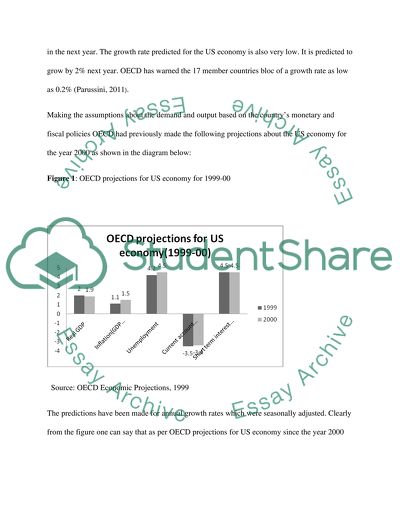Cite this document
(“US economy: OECD predictions about US economy Essay”, n.d.)
Retrieved from https://studentshare.org/macro-microeconomics/1393514-us-economy-oecd-predictions-about-us-economy
Retrieved from https://studentshare.org/macro-microeconomics/1393514-us-economy-oecd-predictions-about-us-economy
(US Economy: OECD Predictions about US Economy Essay)
https://studentshare.org/macro-microeconomics/1393514-us-economy-oecd-predictions-about-us-economy.
https://studentshare.org/macro-microeconomics/1393514-us-economy-oecd-predictions-about-us-economy.
“US Economy: OECD Predictions about US Economy Essay”, n.d. https://studentshare.org/macro-microeconomics/1393514-us-economy-oecd-predictions-about-us-economy.


